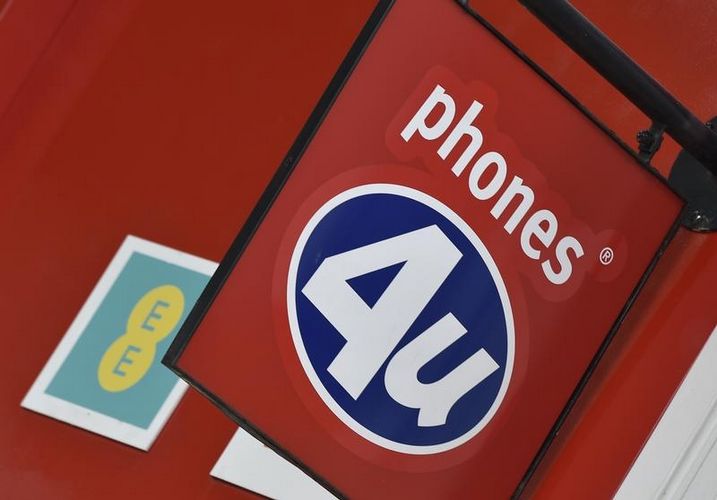The seemingly endless stream of bond market borrowing seems to be continuing as it appears that every potential issuer in the world has recognised that one particular window of opportunity is slowly closing. Credit spreads are, despite the wobbles of the past week, in the main, on a historical basis, and from the vantage point of borrowers, still unfathomably attractive. Thursday brings the next FOMC meeting and it is hard to imagine anything other than a further ratchet in the policy tightening rhetoric.
With his inimitable pragmatism, Alex Moffatt of Joseph Palmer and Sons in Melbourne wrote in morning summary today:
“When the major central banks start to raise their base rates we can expect human psychology to come to the fore with holders of higher risk assets hitting the sell buttons and all trying to squeeze through the exit at the same time. The last time we saw something like this was in 1994 when the Federal Reserve raised the Fed Funds rate from 3.05% in January to 5.45% by December. For those of us who were working in the bond market at the time it will be remembered as a period when lesser credits reacted very badly, with Australian bonds weakening by 20% and Spanish and Italian bonds by 25%. Now is a good time to be reducing credit risk, not because we think the market is going to collapse, but simply because we are at historically narrow risk spreads at a time of historically low interest rates.”
Some of the more shady corners of the credit markets haven’t been having too good a time, not least since the rather ignominious decline of Phones4U which finally threw in the towel and filed for protection from its creditors last night. I’m sure bond holders, especially those of the PIK toggle notes, will not be enamoured. Personally, I can think of nothing more ridiculous than buying into a bond issue which is used to fund a “special dividend”, private equity euphemism for: “We issue a deeply, deeply subordinated bond, the proceeds of which are used to repay us all our capital outlay so that the we own the company for free resulting in all the downside risk going for the account of the bondholders while we retain all equity and hence all the upside. Simple.”
This is not a one-off. PIK bond-funded “special dividends” have been around for a long time and I recall seeing this kind of phenomenon for the first time in the mid-1980s before corporate raiders had re-branded themselves as “private equity” and before the junk bond market had been equally rebranded “high yield”. The capital partner group of an investment bank – which shall remain nameless – had acquired, as far as I can remember, either Universal Cinema Circuit or Burlington Industries. I was running a bond investment book for the stub business of the much lamented Irving Trust’s London capital market group. I remember well drilling down through the prospectus and discovering that what we now call the private equity sponsors were insulated by a chain of trust structures from any of the default risk. Not pretty. That was when I decided that I would make my career – if that is what it could be called – in the investment grade space and that I would avoid getting too deeply involved in junk bonds. If I had done, I might today be retired due to excess wealth but I didn’t and I’m not.
So while decent people over the age of 60, irrespective of what other assets they might own, cannot secure something as simple as a low LTV residential mortgage, sharp-suited private equity wizards can issue bonds for hundreds of millions of dollars, pounds or euros, on which the interest can be paid in the form of more bonds – if I can’t service my debt, I’ll give you more debt – and which are secured on nothing other than the air someone else is breathing. Mind you, I can’t entirely blame the crooks who issue this nonsense any more than I can question the idiots who buy it. But of course, how silly of me, this time it will be different.
Phones4U is, nevertheless, generally still being treated as an idiosyncratic event and the iTraxx S21 Xover is still trading reasonably well at 245/247 although it opens a bit weaker than it closed last week.
In the equity space, the Dow and the S&P both had their first down-week in six which shouldn’t rattle anybody too hard yet I would be surprised if we got any buying fireworks between now and the FOMC meeting on Thursday. In fact, without the benefit of month end technicals or index adjustments, the market will most probably be in no man’s land until then. Not a good week for taking any significant investment decisions other than, if one were inclined that way, to follow Alex’s advice and to gently begin to de-risk.
The other event on Thursday is of course the Scottish referendum which has seen the rhetoric increase in both ferocity and volume although the arguments remain exactly the same as the were three or six months ago. It looks from here as though the independence proposal will go down but I think smarter political thinkers have always assumed that Alex Salmond’s ideal outcome would have been a narrow defeat which would leave him long of the “harlot’s option” – power without responsibility. We English seem to be stuffed either way.

